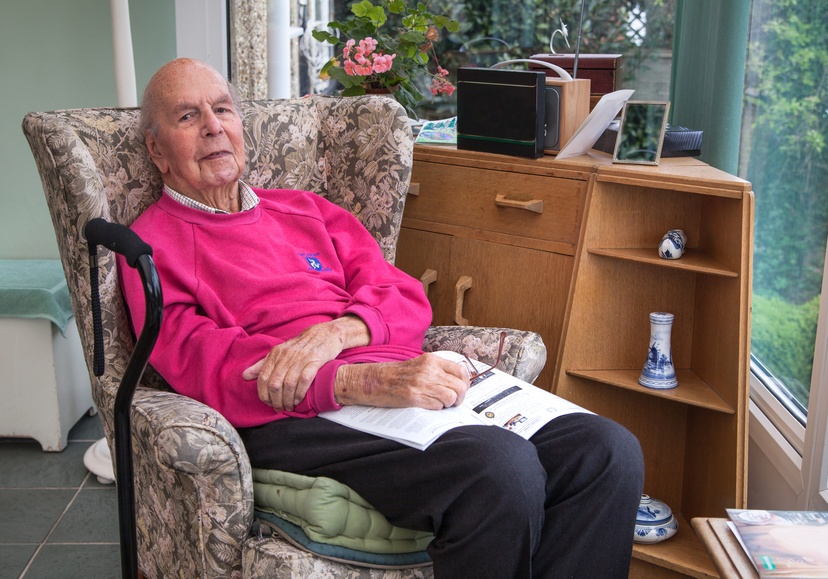
Importance of User Experience, Explained Through Short Film - Uninvited Guests
Uninvited Guests is a short film about a few different things actually, but primarily, about the user experience with Internet of Things (IoT) connected wellness devices. An elderly British gentleman has been provided, by his loving children, with some innovative IoT smart devices to help him improve his health and lifestyle habits after his wife dies. The products fail as we see, in a humorous yet poignant way.
The Internet of Things provides great promise for keeping distant caregivers and medical providers connected with their patients, but there are caveats. First, we see in the film, the protagonist enjoying a traditional English breakfast. His smart fork constantly scolds him to change his dietary ways, but only succeeds in annoying the widower. His smart cane, like a less charming version of a puppy, begs to be taken for a walk. While the intention is obviously to motivate, habit and will win out. Our elderly friend stays firmly ensconced upon his sofa.
While the tools are obviously well intentioned, it becomes clear the patient would much rather do without them. He has no desire to use them, nor is he apparently interested in changing his dietary and lifestyle habits. No technical limitation is likely to overcome this, so are device and service providers doomed to fail? Not necessarily.
Consider the social aspect. One well known challenge for the elderly is the lack of social interaction for those still living independently. Are there ways to build social connection and inclusion into Internet of Things connected medical and wellness devices? Would our friend be more likely to put in his two thousand steps per day if there were companions also walking towards the same goal? Would he be more likely to eat a healthy meal shared with a friend, than his bangers and mash all by himself?
How can these devices and services be personalized for the specific conditions, tastes, and circumstances of each patient or user? How can the designer build flexibility and customizability into the product without sacrificing ease of use or complicating the user interface?
Of course, many of the variables involved are beyond the product designer’s or service provider’s control; but carefully thinking through the use case and understanding the real world challenges to product adoption can mean the difference between success and failure. Not only for the company going to market with the IoT health and wellness devices, but in the end, for the very patients we are trying to serve.

